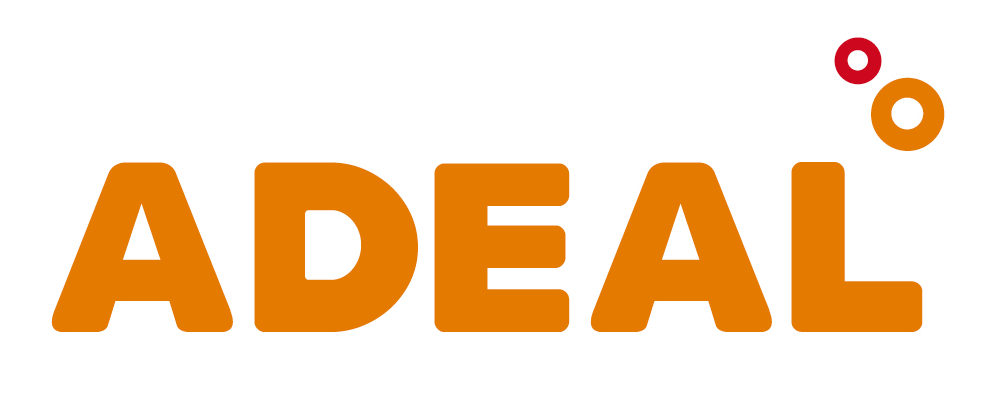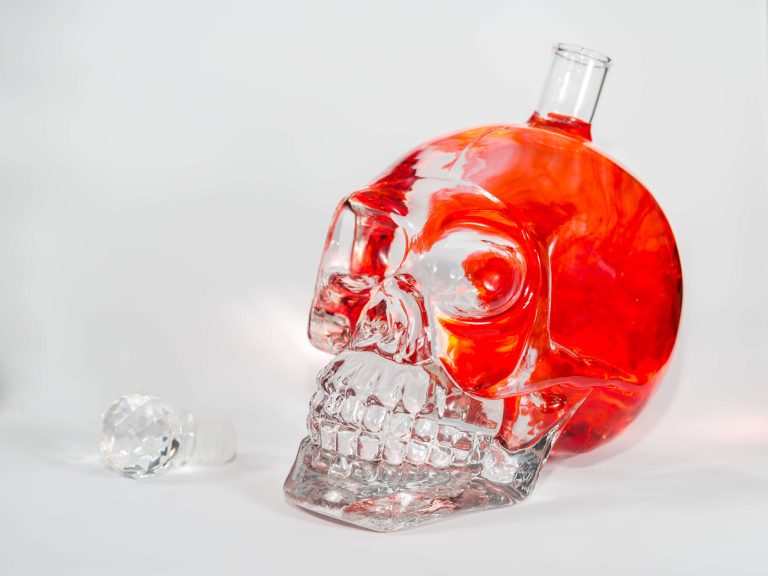Rather, the protocol is designed to augment and extend treatment following a more intensive intervention. All of these experiences help the patient achieve and maintain abstinence, and changes in the reported relationships between the patient and these support groups can serve as a signal to the counselor that the patient is at increased risk of relapse. Thus, at all times during the telephone contacts, it is important that the counselor be on the lookout for signs of trouble in what the patient says , and that the counselor immediately addresses such issues.
In this way, the symptoms of alcoholism will eventually disappear. However, without the proper support, it becomes very easy for the recovering alcoholic to start drinking again. Like diabetes, along with genetics, environmental factors play a big role in alcohol addiction.

In fact, the modern disease theory of alcoholism states that problem drinking is sometimes caused by a disease of the brain, characterized by altered brain structure and function. What’s more, the American Medical Association also counts alcoholism as a disease under both medical and psychiatric sections. Addiction to alcohol and chronic diseases have common symptom control and relapse pattern. Alcoholism and chronic diseases can be managed and cured with medication and behavioral changes.
Any relapses to AOD use or noncompliance with other treatment conditions leads to prompt re-intervention by the PHPs, with the level of the intervention depending on the severity of the relapse/noncompliance (Dupont et al. 2009). A second limitation is that the rates of participation in continuing care and retention rates throughout the entire program were relatively low, particularly in studies that more closely mirrored real-life conditions. It therefore is important to develop interventions that enhance participation and retention. Some approaches to increasing retention are described in the next section. When alcoholism and other chronic diseases aren’t being properly treated and managed, relapse is possible.
When Alcoholism Becomes a Disease
Schaefer JA, Ingudomnukul E, Harris AH, Cronkite RC. Continuity of care practices and substance use disorder patients’ engagement in continuing care. A randomized trial of early warning signs relapse prevention training in the treatment of alcohol dependence. In addition, research should focus on developing treatment algorithms that allow for adaptation of the treatment content and intensity to the patient’s needs and circumstances. Additional efforts in this context need to be put into designing reliable monitoring tools to keep track of the patient’s progress and signal the need for treatment adaptation.
- It disrupts a person’s ability to think critically, make rational decisions and function normally.
- However, it is especially those patients who do not complete inpatient therapy or IOP who might benefit most from the lower-intensity continuing-care approaches.
- Proper treatment and management are essential for treating it, otherwise, relapse can make it worse.
- 3The term “efficacy” refers to the treatment effects observed in controlled clinical trials, under clearly described conditions.
- The changes in brain chemistry are linked to the brain’s “reward” system and how alcohol consumption influences the production of the brain’s “feel-good” chemical, dopamine.
This person worked with the patients to help them acknowledge the need for further treatment and address barriers to treatment and who also arranged scheduling and transportation to treatment. Studies found that this approach led to better management of the patients over time and improved AOD use outcomes over the course of the follow-up (Dennis et al. 2003). Additional modifications to address several limitations of the initial studies further enhanced the effectiveness of the intervention . Another recently developed approach to continuing care relies on self-monitoring—that is, AOD users self-report their AOD use and other factors on a regular basis, which is hypothesized to motivate reductions in AOD use over time. This strategy makes use of such innovative methods as interactive voice response , whereby participants call into a computer system that prompts them to answer questions via their telephone keypads.
Treating AUD As A Chronic Disease
At this point, their reward system has become pathological, or in other words, diseased. The problem is the alcoholic’s mental obsession with alcohol is much more subtle than a song playing in his mind. All he knows is he suddenly has an urge to take a drink—a physical compulsion to drink. By not https://sober-house.org/ drinking too much, you can reduce the risk of these short- and long-term health risks. Excessive drinking includes binge drinking, heavy drinking, and any drinking by pregnant women or people younger than age 21. Locate addiction treatment resources, tools and support at Next Level Recovery.
We also rely on safe and effective medications to support their recovery. These critics hold that by removing some of the stigma and personal responsibility the disease concept actually increases alcoholism and drug abuse and thus the need for treatment. Most of these medications are used primarily during the earlier stages of treatment (i.e., for 8–12 weeks). A few studies, however, also have evaluated the effects of extended treatment with naltrexone and acamprosate, with mixed results. One study compared the outcomes of severely alcohol-dependent patients who received placebo or naltrexone for 3 or 12 months (Krystal et al. 2001). After 52 weeks, the study found no significant differences between the three groups in terms of drinking days or number of drinks per drinking days, suggesting that extended naltrexone did not improve outcome.
Why Is Alcoholism Considered A Chronic Disease?
Likewise, alcohol addiction is a disease that can sometimes be avoided through prevention strategies and educational initiatives. Like other health problems, some people take risks and develop an alcohol use disorder despite prevention measures. However, over time, as drinking becomes heavy drinking becomes alcohol abuse, the negative effects on one’s health, family relationships, romantic relationships, and finances may start to show. Soon, the negative effects of alcohol abuse begin to outweigh the benefits. Those who continue abusing alcohol, despite, or, in some cases, because of these negative effects, typically go on to develop alcoholism. Since alcoholism is a complicated chronic disease, treating it can be tricky, often requiring medication and changes in lifestyle.
This is called building up a tolerance to alcohol and it causes drinkers to consume larger amounts to feel the same euphoria they once did. One of the difficulties in recognizing alcoholism as a disease is it just plain doesn’t seem like one. It doesn’t look, sound, smell and it certainly doesn’t act like a disease. To make matters worse, generally, it denies it exists and resists treatment.
No matter how hopeless alcohol use disorder may seem, treatment can help. If you think you might have a problem with alcohol, call SAMHSA or talk to your healthcare provider. They can help you cope, make a treatment plan, prescribe medications and refer you to support programs.

The consumption of alcohol at uncontrollable, excessive levels is considered alcoholism. Individuals who suffer from alcohol addiction find it hard to manage their drinking. Alcoholism can be in mild eco sober house boston to severe stages and the difficulties of treating it relate to the severity. It is futile to try and convince an alcoholic that they must give up the one thing that makes them feel included in life.
Currently, most AOD treatment is provided in outpatient settings and only patients with severe coexisting medical or psychiatric problems are treated in inpatient settings. The initial intensive treatment phase typically lasts 30–60 days during which patients attend treatment sessions 2–3 times per week . After that, patients enter the continuing-care phase, which typically involves one 12-step– oriented group session per week. In addition, patients are encouraged to attend self-help meetings. Dropout rates are high during the initial phase of treatment, so that only a minority of the patients who begin an acute treatment episode reach the stage at which they could transition to continuing care.
Avoiding the Pain of Withdrawal
7A third medication, disulfiram also is approved for the treatment of alcoholism. Thus, patients taking disulfiram will avoid alcohol consumption to prevent these aversive effects. 5Correlational studies simply examine the relationship between participation in a continuing care program and AOD-related outcomes and therefore cannot be used to determine causality. Thus, extended behavioral interventions have demonstrated some benefits in terms of treatment engagement, participation, and retention as well as with respect to AOD-related outcomes.
This blog post will help you understand addiction and how IU Health addiction treatment can help those struggling. Like chronic diseases, alcohol abuse develops gradually over a period of time. Alcoholism is caused by multiple environmental and hereditary factors. A medication for alcoholism, such as disulfiram or acamprosate, may aid alcohol recovery. People with severe alcohol use disorders often require long-term residential rehab and years of aftercare support.
Additionally, patient preferences regarding the type and intensity of treatment (e.g., degree of supervision by others that is acceptable to them) need to be identified to enhance patient engagement and patient satisfaction with both the treatment and the outcomes. As a result, research to determine the effectiveness of existing continuing care approaches as well as to develop new strategies to enhance patients’ treatment participation and treatment outcome has grown considerably in recent years. These studies already have identified several components of continuing care that contribute to or mediate its effectiveness. Moreover, it is important that the treatment focus reaches beyond the patient and his or her AOD use to include the patient’s support systems (e.g., family, friends, employers, or peers), thereby ensuring provision of more integrated services.
We are dedicated to transforming the despair of addiction into a purposeful life of confidence, self-respect and happiness. We want to give recovering addicts the tools to return to the outside world completely substance-free and successful. While there is no cure for AUD, a wide variety of alcohol addiction treatment methods have been developed that take into account the chronic, relapsing nature of this condition.
Alcoholism is a disease of the mind and emotions and is more about mental health than the drink. In 1849 Swedish physician Magnus Huss coined the term alcoholism in his book Alcoholismus chronicus. Some argue he was the first to systematically describe the physical characteristics of habitual drinking and claim that it was a mental disease. Moreover, this came decades after Trotter, Rush, Hufeland and Brühl-Cramer wrote their works, and some historians argue that the idea that habitual drinking was a mental disease emerged even earlier. Twin studies, adoption studies, and artificial selection studies have shown that a person’s genes can predispose them to developing alcoholism. Evidence from twin studies show that concordance rates for alcoholism are higher for monozygotic twins than dizygotic twins—76% for monozygotic twins and 61% for dizygotic twins.
McKay and colleagues also recently tested an 18-month version of their adaptive, telephone-based continuing care intervention in a sample of 252 alcohol dependent patients who had achieved initial engagement in IOP. Results indicated that compared with patients who received IOP only, those who were randomized to the intervention had significantly better alcohol use outcomes, as indicated by incidence and frequency of any drinking and heavy drinking over the 18 month follow-up. Conversely, a second 18-month telephone intervention that provided monitoring and feedback without any counseling was not superior to IOP only (McKay et al. 2010b). Overall, the findings of all the studies discussed in this section indicate that adaptive treatment approaches are at least as effective as other approaches and offer other benefits (e.g., reduced burden on patients and providers and lower cost). These studies also provide information on which patients may benefit most from what type of continuing therapy. Many people with alcohol use disorder do recover with behavioral therapies, medications, or a combination of the two.
It’s also called alcohol dependence, alcohol addiction or alcohol abuse. AUD treatment mirrors drug abuse treatment and likely begins with detoxification, a potentially dangerous process in which a person stops drinking and allows the substance to work itself out of the body, triggering alcohol withdrawal symptoms. In earlier versions of the DSM, alcoholism was categorized as a subset of personality disorders.














